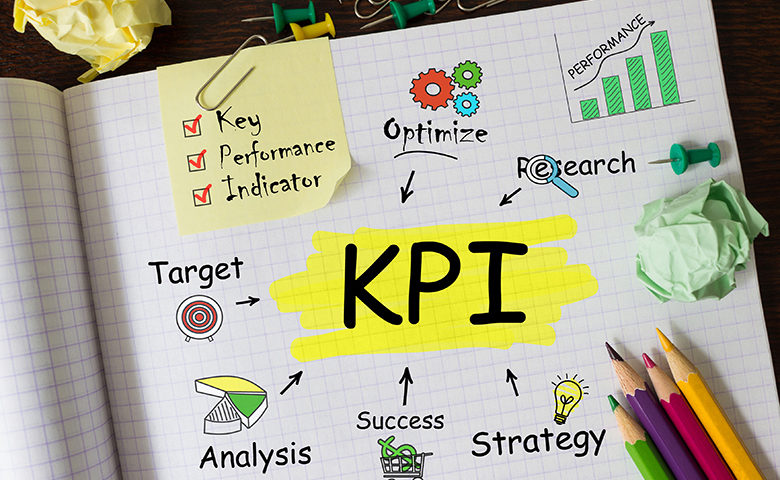How does your company measure up in safety? When looking at measurement tools to determine the success of your safety program, do you rate your system with the old faithful lagging indicators or the more progressive leading indicators?
Lagging indicators
Historically, organizations have used lagging indicators to track their safety results. They measure past incidents to determine the cause, the frequency, and the severity of injuries including lost time, recordables (TRIR) and worker’s compensation costs. These measurements are often a reflection of compliance standards but they don’t show what your organization is doing to prevent future incidents.
Lagging indicators can be used to develop a strong culture of safety and engagement. They establish trust with management because lagging indicators speak the language that was communicated from the start. They are easy to calculate, easy to communicate and easy to put into reports to give a clear indication of an organization’s safety rating. But while lagging indicators tell us what happened in the past, they don’t necessarily help us understand what’s likely to happen in the future. That’s where leading indicators come in.
Leading indicators
Leading indicators are proactive in that they aim to help safety professionals prevent incidents before they happen. They focus on measures that can be taken to improve safety performance and in many cases they are viewed more positively than lagging indicators. But leading indicators are often harder to determine than lagging indicators since they’re preventive and their success lies in nothing bad happening.
Leading indicators create their own scale of predictive measurements. Things like risk assessments, hazard identification/recognition, preventive corrective actions, learning systems (i.e., training) and anything carried out to prevent incidents before they happen can be considered leading indicators.
If you’re only focused on past incidents, it’s easy to become complacent when your organization goes a long time without a serious incident. In cases like this, leading indicators can be a better barometer of day-to-day safety awareness and actions. With the continual training and future planning that leading indicators can provide, you can begin to change your safety culture.
When determining how your safety should be measured, it shouldn’t come down to lagging indicators vs. leading indicators because you should incorporate both in your safety management program. The purpose of measuring performance through indicators is to document your past safety performance and to improve safety outcomes in the future.
Because human error is attributed to most safety incidents, human factors training should be delivered to all employees. By teaching them how to self-trigger on their state of mind, foster good safety habits, and focus on the human element of impacting the safety management system, you’ll optimize on efficiency and effectiveness with noticeable improvements on all measurable outputs. It may even provide additional leading indicators that indicate employees’ overall level of attentiveness to safety.
Additional improvements
Teaching workers about human error is only one aspect of managing human factors. Supervisors and the broader organization can learn from leading and lagging indicators and apply systems and conditions improvements to curtail future incidents that may have contributed to the close call, observed event or injury in the first place. But only if they have a framework for understanding the people elements of system design and use it to implement improvements that have been identified.
While both lagging and leading indicators are required for a successful safety program, so are good culture and engagement. Human factors training and related management techniques can provide a language that everyone on the job site can speak and a process to improve the culture. Workplace safety becomes a lot more sustainable when everyone is on the same page and working toward the same goal.

